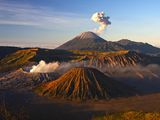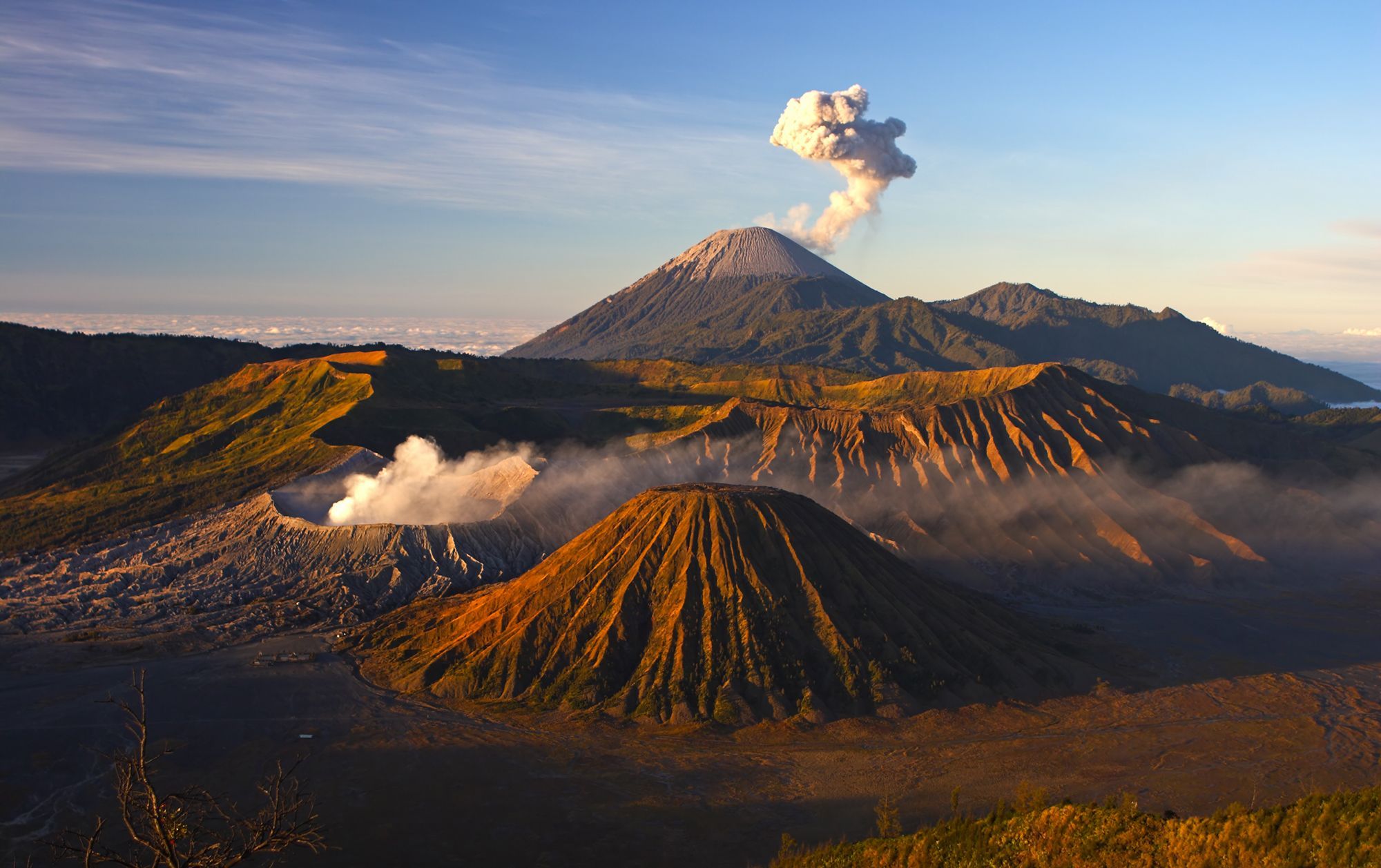What Is the Ring of Fire and Where Is It Located What Is a Decade
Ring of Fire
Ring of Fire
The Ring of Fire, also referred to as the Circum-Pacific Belt, is a path along the Pacific Ocean characterized by active volcanoes and frequent earthquakes. The majority of Earth's volcanoes and earthquakes take place along the Ring of Fire.
Subjects
Earth Science, Geology, Oceanography, Geography
The Ring of Fire, also referred to as the Circum-Pacific Belt, is a path along the Pacific Ocean characterized by active volcanoes and frequent earthquakes. Its length is approximately 40,000 kilometers (24,900 miles). It traces boundaries between several tectonic plates—including the Pacific, Juan de Fuca, Cocos, Indian-Australian, Nazca, North American, and Philippine Plates. Seventy-five percent of Earth's volcanoes—more than 450 volcanoes—are located along the Ring of Fire. Ninety percent of Earth's earthquakes occur along its path, including the planet's most violent and dramatic seismic events. The abundance of volcanoes and earthquakes along the Ring of Fire is caused by the amount of movement of tectonic plates in the area. Along much of the Ring of Fire, plates overlap at convergent boundaries called subduction zones. That is, the plate that is underneath is pushed down, or subducted, by the plate above. As rock is subducted, it melts and becomes magma. The abundance of magma so near to Earth's surface gives rise to conditions ripe for volcanic activity. A significant exception is the border between the Pacific and North American Plates. This stretch of the Ring of Fire is a transform boundary, where plates move sideways past one another. This type of boundary generates a large number of earthquakes as tension in Earth's crust builds up and is released.

Bromo Tengger Semeru National Park on the island of Java (Jawa), Indonesia, is home to several active volcanoes, which can be seen here smoking ominously against a blue sky.
Photograph by Manamana
abundance
Noun
large amount.
active volcano
Noun
volcano that has had a recorded eruption since the last glacial period, about 10,000 years ago.
Noun
molten, or partially melted, rock beneath the Earth's surface.
seismic
Adjective
having to do with earthquakes.
subduction zone
Noun
area where one tectonic plate slides under another.
tectonic
Adjective
having to do with the structure of the Earth's crust.
transform boundary
Noun
site of tectonic plates sliding next to each other in opposite directions. Also called a transform fault.
What Is the Ring of Fire and Where Is It Located What Is a Decade
Source: https://www.nationalgeographic.org/encyclopedia/ring-fire/

0 Response to "What Is the Ring of Fire and Where Is It Located What Is a Decade"
Post a Comment